Every major brand is online now, trying to engage more and more customers through digital and online advertising in China is become more and more challenging. In this guide, we’ll break down how to effectively advertise online in China.
1 Cost of Advertising Online in China
Contrary to what most foreign businesses believe, advertising in China is not cheap offline or online. China is a publisher’s market which means the price is largely determined by the publisher rather than an advertiser. The demand is high and the advertising inventory is low. As a result, advertising in China is rather expensive.
Online like advertising on Google, Facebook, YouTube and Instagram, where you can start with a minimum budget of just a dollar a day. In China, this is not possible. Many channels such as WeChat, Baidu, etc. has a minimum deposit requirement and even major account setup fee.
Which means…
In China, you can expect to pay more to get any kind of attention online. Typically, we recommend brands to have a good $5,000 USD monthly budget to get started. You can, of course, spend less but you’re limited to on the channels and your results may suffer.
2 Government Regulation on Advertising in China
Advertising in China online or offline is heavily regulated, so depending on your industry you may need to have a registered business or apply for certain licenses in China to advertise. For example, if you’re in the supplement or health business then chances are it won’t be easy to advertise online in China without being approved by the government.
3 China is Mobile First
98%of all Chinese consumer access, the internet through their smartphone. This means that while many foreign companies are still just starting to adopt a mobile-first approach to their online advertising, in China mobile is the norm.
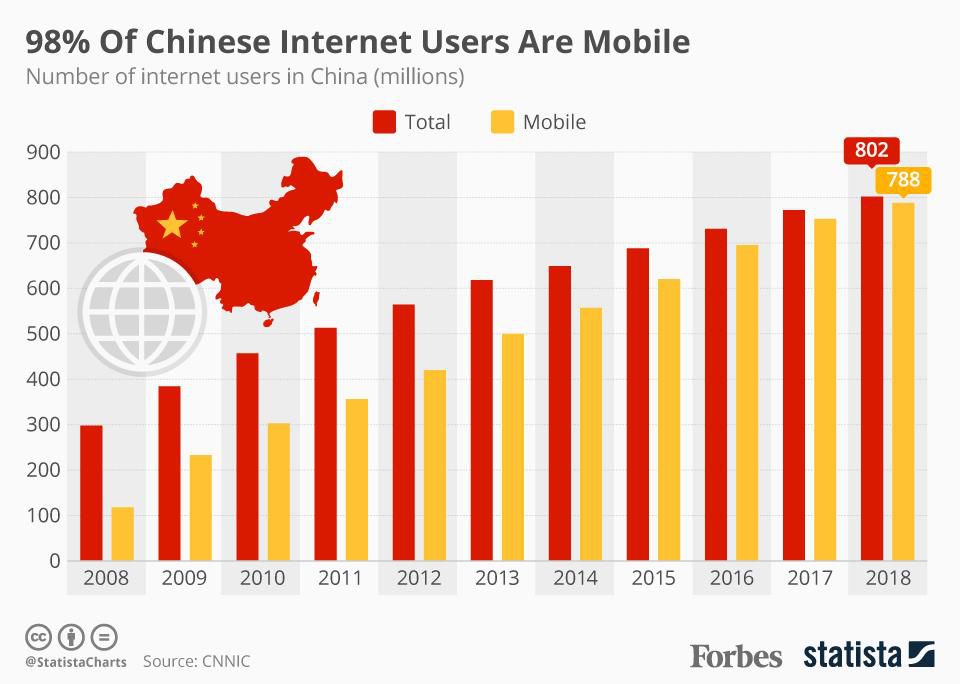
If you want to be profitable in China with your online advertising you need design and plan everything with mobile first in mind.
4 Retarget & Remarket in China is Difficult
Any experienced and good online advertiser will know that retargeting or remarketing is key to running profitable advertisement campaigns. In China, remarketing does exist but it’s much harder to pull off.
The reason is channel such as WeChat, Toutiao, Weibo do not want people leaving their platform. Not to say that Facebook wants people to leave Facebook but the fundamental behaviors of the Chinese consumer are different.
Websites are not a major asset in China and most of the time traffic from the various platform are not send to your website which makes setting up and remarketing mechanism very difficult.
Most of the platforms will provide you with their own landing page builder and lead forms creator just to make sure that traffics are not leaving the platform which makes it impossible to install a third part remarketing code.
5 Landing Pages & H5 Campaigns
Yes, landing pages are still important in China but sometimes they’re designed rather differently. In China, there is a special type of landing pages called H5 campaigns which are used instead of the standard landing pages.
H5 which really just stand for HTML5 is just a fancy and more interactive way of creating landing pages. The difference between say a standard landing page vs an H5 campaign usually comes down to the user experience.
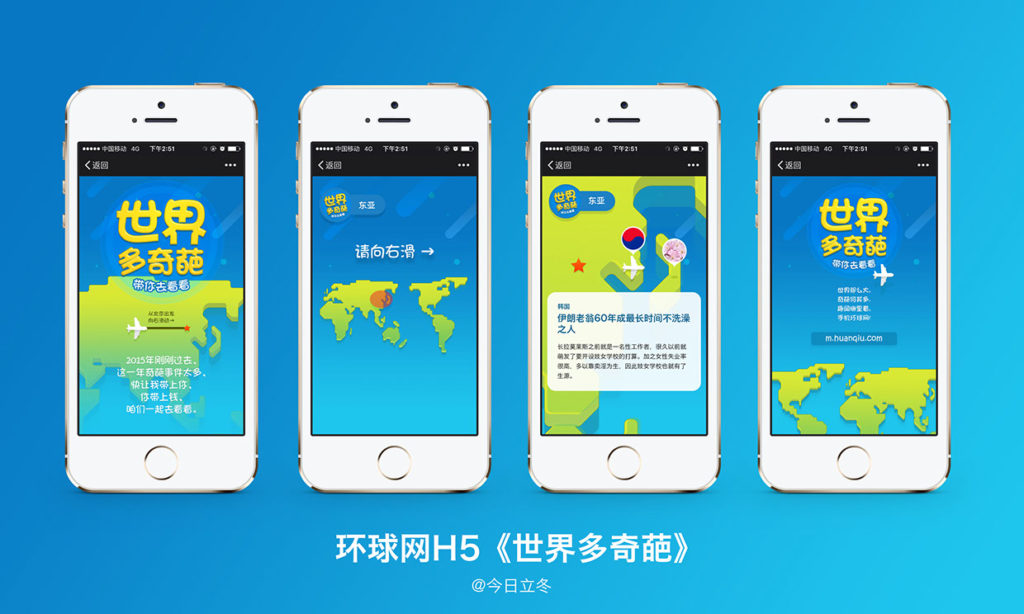
A most standard landing page is usually one page with an opt-in form, H5 campaigns, on the other hand, will have videos, fancy animation, slides, and with multiple step or pages. It is hard to put the difference in words; it is something you have to experience to truly understand it.
If you want to know more about H5 Campaigns and how to create them check out: Top 7 H5 Landing Page Creator in China
6 Lead Generation for B2B and Professional Services
Another key difference between China and pretty much the rest of the world is in China most people use email or even have an email address. So Chinese advertiser that are generating leads don’t ask for email (sometimes they do) but rather they ask the user for their mobile phone number.
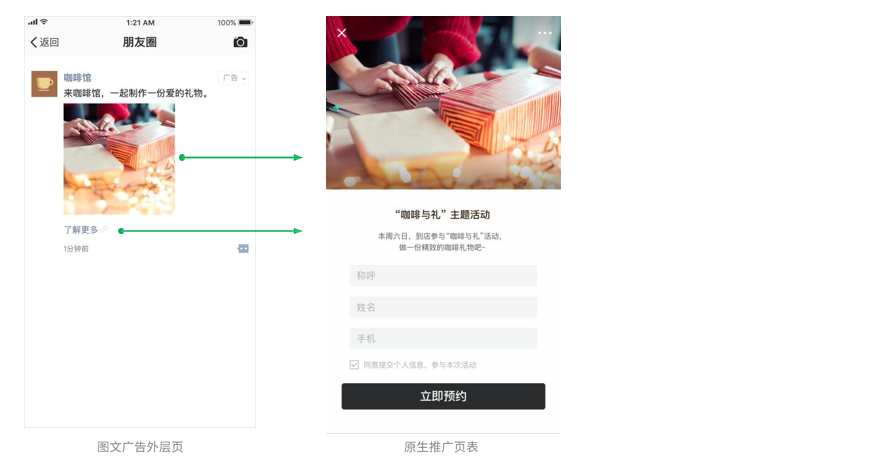
This is a huge challenge and benefit for brands and advertiser in China. Chinese consumers do not want to give out their mobile number easily because they only have one and spam/scam in China is a huge concern.
Alternatively, you can ask for their WeChat ID or set up a second step that asks them to follow you on WeChat.
7 Analytics & Tracking
Being able to gather good data, analytics & tracking is a major concern in China. This goes back to the idea that your website is probably not going to be the central hub in China. More often you’ll want to get people to subscribe to your WeChat official account to be able to keep in touch with potential leads.
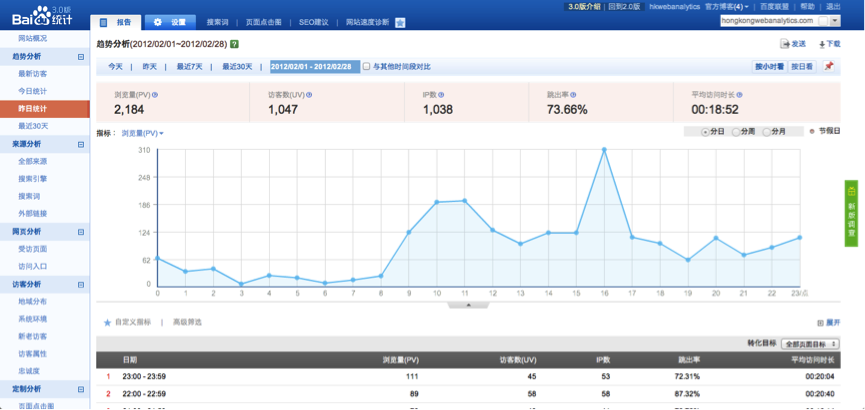
Unfortunately, WeChat does not allow you to set up third-party tracking or analytics which will keep you in the dark as to where your subscribers are coming from. You can work with a third party WeChat CRM and automation company and use their tracking system but it is quite expensive.
8 Automation
Email marketing is probably the best form of automation marketing but not in China. Most Chinese consumers do not use email, have an email address or check their email. This means that collecting email is use kind of useless for the most part.
Online automation in China is usually done with WeChat official account & a third party WeChat CRM but like I said it is a pretty expensive process. Here is an article on how lead nurturing works in China.
9 Beware of Frauds in China
Online advertisement fraud happens all around the world but in China, it is kind of on a level of its own. When most people think of digital ad fraud they tend to think of fraud clicks which are clicks imitated by a bot to increase your advertisement cost.
In China, however, some of the smaller and less well know digital channels may use manual fraud to make the results of an advertisement on their platform seem better than they really are. For example, we’ve run into a situation where one of our clients would get a lot of cheap leads but only to find out that these are not real leads after calling them to confirm whether they’ve seemed our ads and submitted a lead form.
For more information on how to avoid fraud clicks in China check out: How to Recognize and Avoid Fraud Clicks on Baidu PPC
10 Selecting Advertisement Channels in China
There are dozens and dozens of ways for you to advertise online in China but in this guide, I’m just going to go over some of the key channels you can use.
Baidu PPC & DSP
Baidu is the largest search engine in China and like Google, Baidu has its own ad network which includes both search and display/feed network. Unlike Google, Baidu has an App and owns many web properties such as Baidu Baike which is essentially the Chinese Wikipedia.
Baidu will require you to deposit a minimum of 30,000 RMB just to set up an account. Overall, we recommend advertising on Baidu if you’re B2B or sell professional services in China. You can use Baidu for physical products and e-commerce but it is probably not the most optimal channel.
If you want to learn more about Baidu, read our guide on How to Market Your Brand On Baidu
Tencent Networks & WeChat
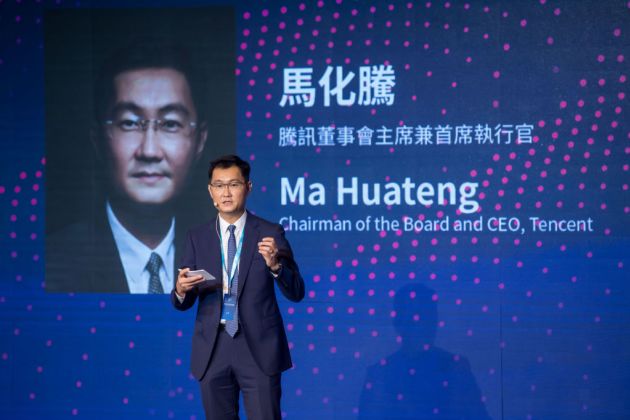
Most foreign brands know about WeChat but advertising on WeChat is actually pretty expensive. WeChat moment ads will require you to be able to spend at least $6,000 USD per month minimum.
Luckily WeChat is only part of the massive network that Tencent own. Brands can choose to advertise on Tencent network that includes QQ which up until recently is the most used messenger App in China.
Sina Weibo Feed Ads
Sina Weibo is the most popular Weibo in China, and if you don’t know what Weibo is… it is essentially a micro-blogging platform. Many foreigners know Sina Weibo as the Twitter of China which is kind of true, although you can definitely put a lot more than 140 characters on Sine Weibo.
Most people in China use Sina Weibo to check out what’s in the news and what’s trending, it is often the source of news much like Twitter. The challenge with Sina Weibo is that it is losing its appeal in China, however as of right today (2019) it is still worth investing and a good channel to advertise on in China.
Toutiao
Toutiao is something that doesn’t get too much attention from foreign brands because it is not that cool. Toutiao is a news aggregator app that has gained a lot of traction since 2011,
From our experience of having to work with all these channels, Toutiao on average usually generates the lowest cost per lead and acquisition for B2B and professional services. The challenge with Toutiao is that it’s they’re very strict on your ad copy and landing page copy.
TMall, JD, Taobao, E-commerce Platforms
Yes, just like Amazon you can advertise on all the e-commerce platform to help you sell more of your products in China. Of course, you’ll need to be listed on these platforms first which can be a bit tricky for the foreign brand as the approval process for TMall and JD flagship store can be long and difficult.
What most people don’t realize is TMall, JD, Amazon, etc… are fundamentally SEM. The user goes on to TMall searches for a product and makes a purchase. This means advertising on e-commerce platforms are keyword & CPC(cost per click) basis which can be cost-effective.
KOLs

This is not really a channel but KOL marketing in China is big, and because you’ll have to paid to work with KOLs in China regardless if they’re large or small (for the most part) and they are usually attached to an online channel. I consider them to be a form of online advertising in China and here are few keys to working with KOLs in China.
- The price will vary drastically depending on the KOL, but be prepared to pay. KOLs in China are quite expensive even for a “long tail KOL” with only a small following.
- Depending on your goals, working with a bunch of smaller “long tail/ very niche KOLs” is better for sales while working with a popular KOL with a huge following is better for branding.
- Make sure, the KOLs you work with has a following that is relevant to your product or service.
- While pretty much every KOL expects to be paid in China, but you should not work with a KOL that will work with any product or brand just for the money. A selective KOL is actually a good thing, that means they care about their audience and will usually have a more engaged following.
Of course, there are a ton more to working with KOLs in China successfully. If you want to learn more about KOLs in China check out: KOL Guide
Third Party DSP
There are many third-party DSP which stands for Demand Side Platform which is a system that allows business, media buyer, and brand manage and buy digital advertising inventories across the internet. One famous DSP would be Google’s double click or Google Display Network.
The great thing about working with third-party DSP companies in China is that they are not platform restricted. Most DSP companies in China will have a partnership with Tencent, Baidu, etc.. but their goal is to spend your money across multiple media. This gives them the ability to set up remarketing campaigns using their own tracking and pixels.
The trick to working with DSP companies in China is to make sure you work with the right company that has industry insights, big data, and the correct tools to measure and track your advertising across media.
Youku & Tudou
Youku &
Tudou are China’s version of Youtube which like YouTube has pre-roll & intermediate
ads before the video. The difference however with Youku and Tudou there is
always about 60 – 90 second of ads that user cannot skip, unlike YouTube ads. Keep
in mind that, unlike Youtube, the 60 – 90 second of ads will be from multiple
brands, not just one.
In order for the user to not see ads on Youku, they have to pay for a premium
account. The other difference is Youku is because TV drama serious is huge in
China, Youku, and Tudou actually host entire seasons of various TV drama shows which
don’t exist on Youtube (at least not yet).
Other
There are a few super popular and trending social media platforms in China that could good channel for advertising such as Little Red Book & Douyin(TikTok) which are still in their infant stage and their ad platforms are not quite ready yet.
A lot of people like to jump on the bandwagon when it comes to these new social platforms, which is great if you’re looking to become an influencer on them but for brands looking to advertise in China to generate sales, leads and revenue then we suggest you stick to what’s working already.
The point?
Advertising online in China is a challenging process with high cost and difficult procedures but if you can get past all of that the reward is amazing. China is by far one of the fastest growing digital first market in the world.
To truly master online advertising in China, brands need to think beyond just channels and creatives but rather the customer’s journey.
